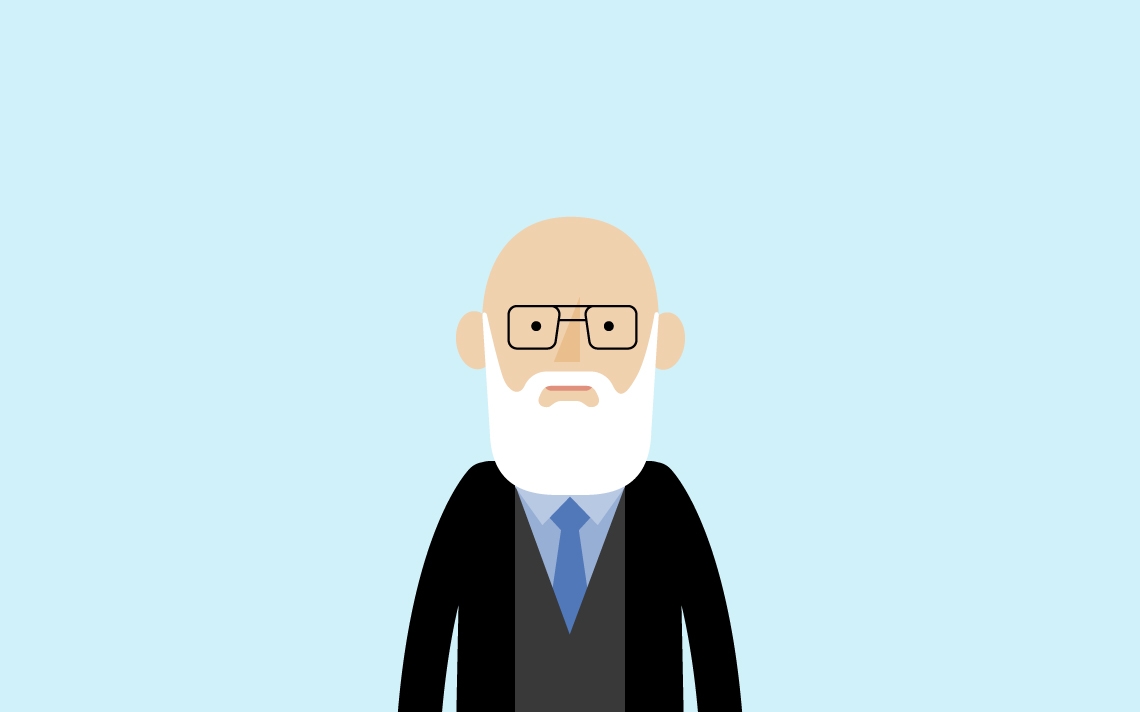Paulo Freire: The pioneer of critical pedagogy
Is this fair? Was that just? Was there equality? Paulo Freire imagined a world where all learners developed their critical consciousness. Now you can too.
During a Year 5 lesson on being assertive, passive, or aggressive, I wrote paragraphs about each on the whiteboard. One learner asked,
“why do the assertive and passive paragraphs use ‘they’ and the aggressive paragraph use ‘he’?”.
She was pointing out an unconscious bias in the paragraph by unfairly seeing aggression as more of a male attribute. I was amazed that she had picked up on it.
So why did this learner see what was invisible to her peers (and to most of us, really)? There are lots of reasons but, I think she saw this bias because she already has a well-developed critical conscience. She sees the world through a lens that drives her to ask insightful questions around the issue of equality.
Imagine if we could develop a critical consciousness in all our learners through our pedagogy. This is what the Brazilian educator and philosopher Paulo Freire advocated. With critical consciousness, Freire hoped learners would go on to be people who change society by overcoming oppression and making the world fairer for all.
Paulo Freire and the idea of critical pedagogy
Paulo Freire (1921–1997) was a champion of what’s known today as critical pedagogy: the belief that teaching should challenge learners to examine power structures and patterns of inequality within the status quo.
Freire emphasised how important it is to remember what it is to be human and saw education as a way to transform oppressive structures. His perspective stemmed from the values of love, care, and solidarity.
What is Freire’s banking concept of education?
In his most famous book, Pedagogy of the Oppressed, Freire talks about education becoming an act of depositing. He calls this the ‘banking concept of education’ which is his — admittedly bleak — way of saying that learners are not actively participating in their learning, in problem-posing or interacting, but are expected to receive, memorise, and repeat information.
This approach has a disempowering effect on learners and can create misuse of power. In this scenario, the teacher is all-knowing, ‘kindly’ bestowing their knowledge on to those considered ignorant. Freire’s antidote to this dehumanising approach? Critical thinking and pedagogy that encourages participation.
Here’s how you can incorporate Freire’s theory in your own classroom.
Transform Your Maths Assessment
Insights — our online assessment tool — gives you instant, powerful data to identify gaps and improve results.

What are the implications of Freire’s ideas?
There are three areas to consider in light of Freire’s work. Incorporate them into your lessons and you’ll have a class of thoughtful, compassionate adults-in-training.
- Remember that teachers and children are both learners: Freire emphasised the collaborative, social nature of learning. He called for careful consideration of the power dynamic between teacher and learner so that learning is a joint venture instead of something more authoritarian.
- Develop their critical literacy: learners should think critically about the things they read, see, and hear and they can identify inequality or injustice. A learner with critical consciousness can frame questions around issues and look for possible answers because they have language which asks: is this fair? Was that just? Was there equality?
- Encourage active enquiry and curiosity-lead participation: Freire believed that by preventing active inquiry in classrooms, you deny learners the opportunities for growing up into mature, autonomous people who critically reflect on their world to make it a better place.
How can we integrate Freire’s ideas in the classroom?
First, implementing Freire’s idea of critical consciousness means, opening your own eyes to the injustices around us. When you start to notice how one dominant group in society may be imposing a culture or worldview on everyone else, you can begin to resist it.
There are practical things you can do to reduce authoritarianism, invite more inquiry and problem-posing learning opportunities, and develop critical literacy. Here are some examples.
- Use first names in your school and have an active student parliament.
- Admit that the teacher doesn’t know everything by owning up to mistakes, recognising when a learner knows more than you do, and using their knowledge to support others’ learning.
- Give choice by letting learners select an independent task to complete. You can give guidelines like how many tasks to do in the time frame or whether to work alone or with others.
- Make project work research-oriented where a child follows their curiosity and makes a presentation to the class. In this example you’re more of a ‘coach alongside’ than a ‘teacher at the front’.
- Think carefully about texts, clips, and other resources you use. Are they reflective of both sexes, a diversity of ethnicities, and socio-economic perspectives?
- Introduce the vocabulary of critical literacy by having conversations around social justice issues. Often there are current topical issues that you can discuss as a class.
As human beings, we’re all in the process of becoming more authentic. This is why Freire emphasised:
“honestly confronting the realities we faced, on carefully listening, on remembering what it means to be fully human, on using one’s lived experiences to think critically about that reality and how it might be changed.“
It takes courage to practice pedagogy that includes critical consciousness instead of going with the flow all the time, but what a fantastic challenge for teachers!
Is it your time to be brave?
Learn more:
An inclusive approach to maths teaching
Creating a ‘positive, thriving’ maths environment: an interview with Debbie Lee
Setting up your ‘ethos for learning’ — tips from an expert
References:
Freire, P. (1970). Pedagogy of the Oppressed. London: Penguin Random House.
